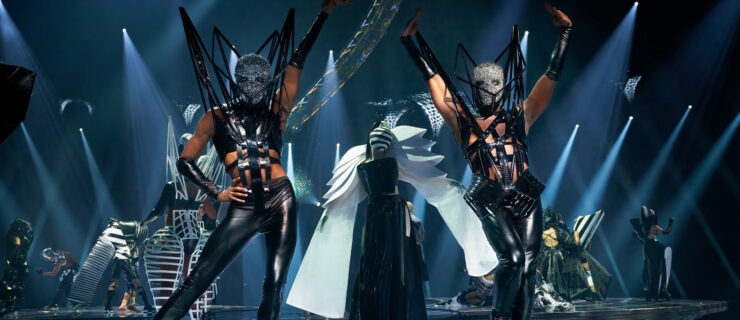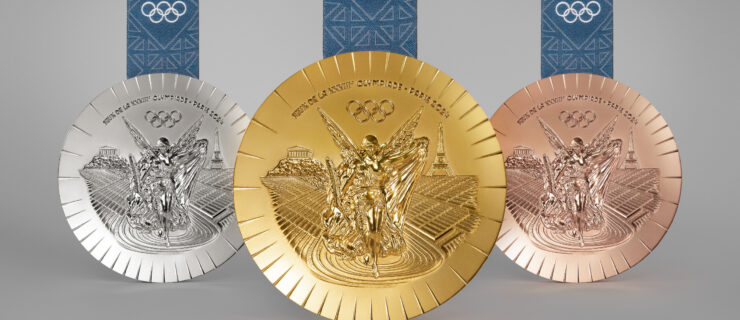What it Takes to be a Dancewear Designer
When Kelsey Byerly started making her own uniquely styled leotards while studying in the Joffrey Ballet School/New School University BFA program in NYC, it didn’t take long before classmates bombarded her with requests for garments of their own.
For her senior thesis, she drew up plans for a dancewear company and presented a fashion show with 10 outfits for friends and faculty. Three years ago, after graduation and a short stint performing with California Ballet Company, she made her school project a reality and started the company, Flaunt Body Wear in Encinitas, CA.
Inside Look
Skill Set:
Starting a line of dancewear requires creativity, persistence, patience, business savvy, knowledge of sewing and clothing construction, fabrics, work space and money.
Humble Beginnings:
When funds were short during Flaunt’s start-up, Byerly worked out of her home and stored finished garments in the garage. She even modeled her own designs; her mother served as the company photographer and the backdrop for the photos was a white sheet hung in the living room.
Gotta Dance:
Byerly teaches dance classes on the side for extra income and to keep herself moving. “I just can’t be happy only designing all day and not dancing.”
Designing Woman
Life of a Leotard:
After sketching a design, Byerly has a pattern and sample garment made before the final product is mass-produced and shipped to retail stores and individuals.
Signature Styles:
Unique leotards with flower embroidery, mesh insets and asymmetrical details.
Trend Spotting:
Keeping a finger on the pulse of the dance community is essential. Byerly asks dance students to fill out surveys on their dancewear likes and dislikes to help guide Flaunt’s designs.
Job Details
Coworkers:
Fabric makers, pattern makers, cutters, sewers, models, photographer, web designer, accountant, sales representatives, retail store owners
Tools of the Trade:
Drawing table, sketchbook, scissors, pins, fabric, measuring tape, fashion magazines Inspiration: “For ideas, I look at what trends are in fashion magazines and on TV,” Byerly says. “I clip pictures and hang them up.”
Hours:
“I’m my own boss, so I work whatever hours are needed, and sometimes that means 12-hour days.” During the fall, she works 10-hour days Monday through Saturday to keep up with the busy back-to-school season, but works more regular hours the rest of the year.
Website:
flauntbodywear.com



